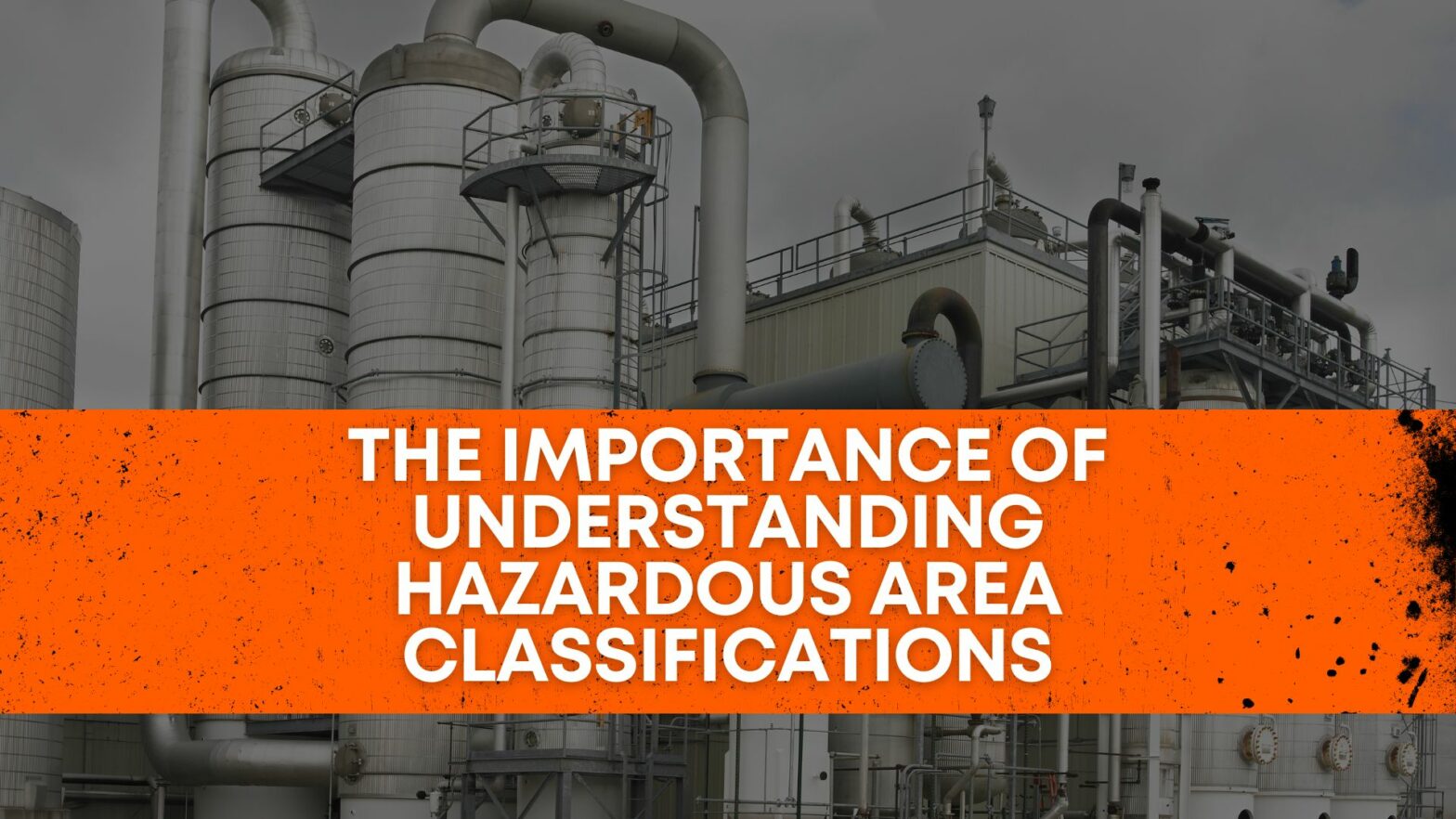Hazardous areas are present in many industrial settings, from oil and gas refineries to chemical processing plants. In these environments, the potential for explosions or fires can be a significant safety concern, and understanding hazardous area ratings is critical to preventing such incidents. In this blog post, we’ll explore two key reasons why understanding hazardous area ratings is so important.
Compliance with Safety Standards
In many countries, there are safety standards in place that require employers to provide a safe working environment for their employees. These standards include regulations on electrical equipment and installations in hazardous areas. So, understanding hazardous area ratings is critical for compliance with these regulations.
Hazardous areas are typically classified based on the presence of flammable gases, vapors, or dust. The classification is based on the likelihood of an explosive atmosphere forming and the severity of the explosion that could occur. Therefore, electrical equipment installed in these areas must meet specific standards based on the hazardous area rating.
For example, in the United States, the National Electric Code (NEC) provides guidelines for electrical equipment installed in hazardous areas. The NEC divides hazardous areas into different classes and divisions, with specific requirements for electrical equipment in each. Understanding these classifications and requirements is essential for ensuring that electrical equipment is installed safely and in compliance with regulations.
Prevention of Incidents
Understanding hazardous area ratings is not just about compliance with regulations. It is also critical for preventing incidents in hazardous areas. Explosions and fires in these areas can be catastrophic, resulting in injuries, loss of life, and significant damage to equipment and facilities.
By understanding hazardous area ratings, employers can ensure that electrical equipment is installed safely and that the risk of an explosive atmosphere forming is minimized. This includes ensuring that the equipment is properly set, using appropriate wiring methods, and using explosion-proof or intrinsically safe equipment where necessary.
Additionally, understanding hazardous area ratings can help employers identify and address potential hazards in their facilities. By conducting a hazard analysis, employers can identify potential sources of ignition and take steps to reduce the risk of explosions or fires in hazardous areas.
Conclusion
In conclusion, understanding hazardous area ratings is essential for compliance with safety regulations and for preventing incidents in hazardous areas. Employers can guarantee the safe installation of electrical equipment and the identification and mitigation of potential risks by understanding these ratings. Therefore, it is essential to prioritize safety in hazardous environments to protect employees and facilities from catastrophic events.
Here at Intrinsically Safe Store, our number one priority is to offer you the best safety solution available to ensure your hazardous area. So, take your time and explore our catalog to find the perfect equipment for your needs, our team is ready to help you out anytime!


